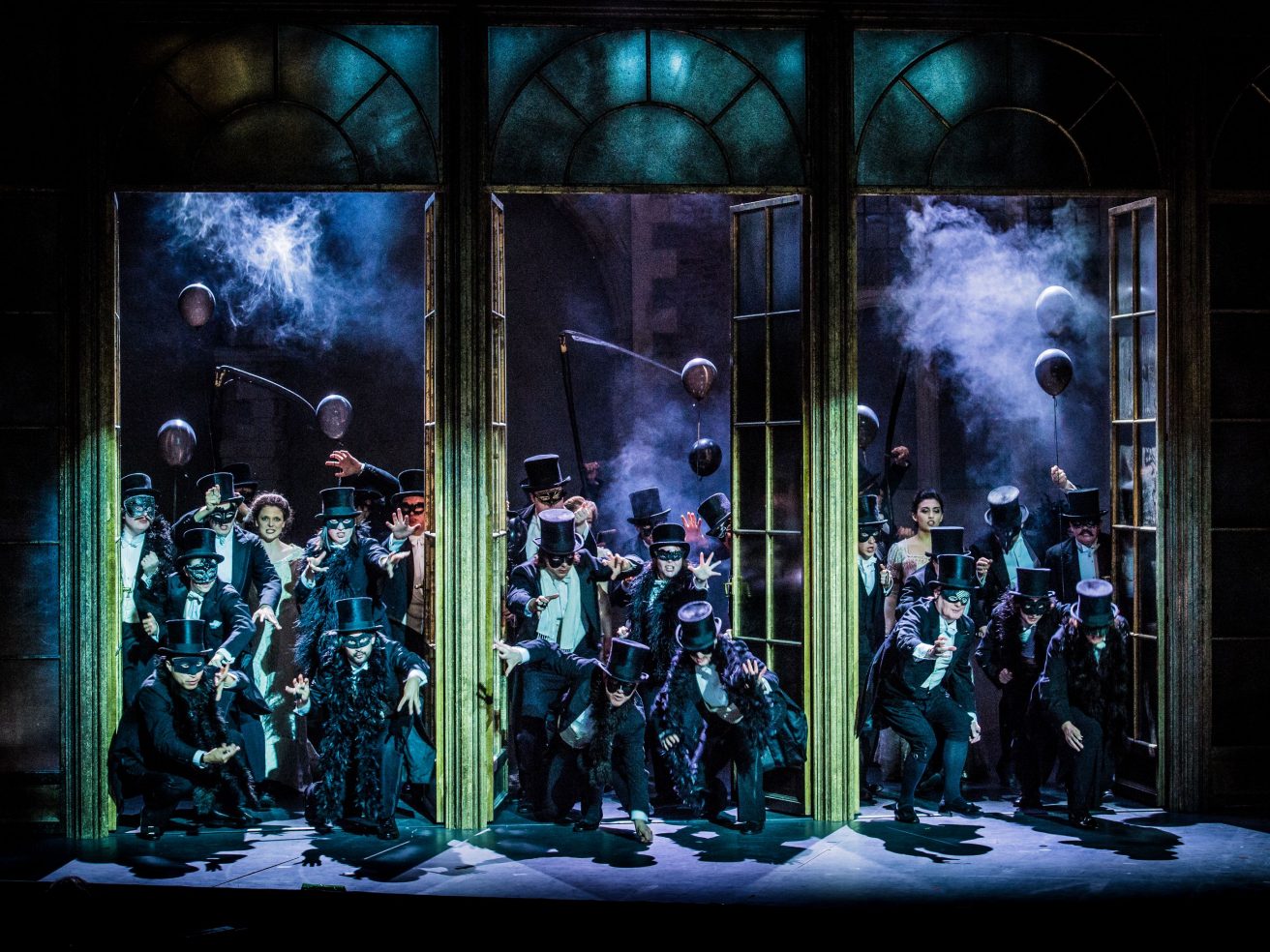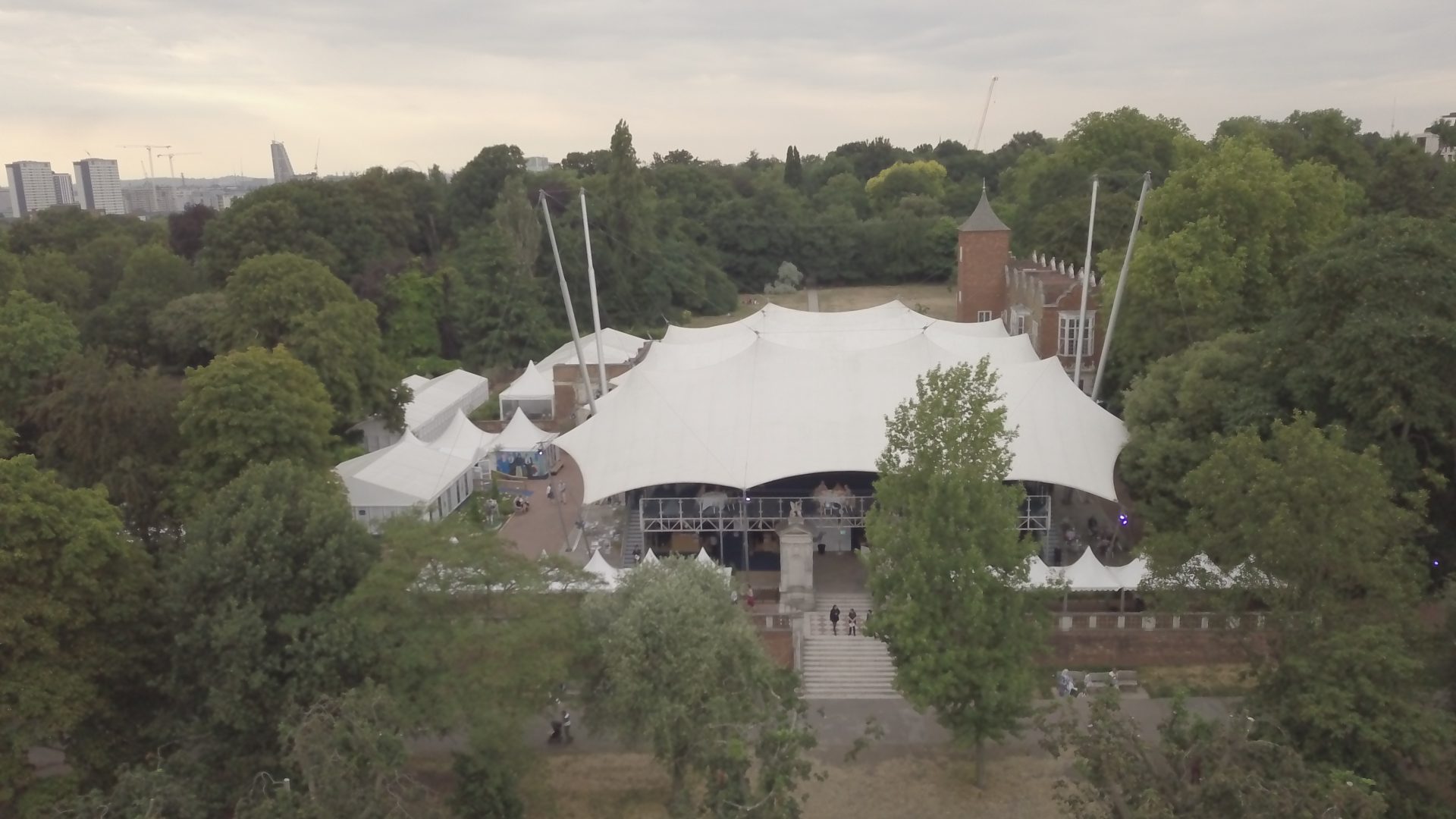‘Design for opera allows you to be bold and think in big brushstrokes, rather than getting caught up in the tiny details.'
Frankie Bradshaw is the designer for Itch, Opera Holland Park’s new commission by Jonathan Dove. Recently nominated for an Olivier for her work on Blues for an Alabama Sky at the National Theatre, Frankie has worked across theatre, musical theatre and opera. She tells us about her journey to theatrical design, the possibilities within the design process, and also the compromises that come with it.
Can you introduce us to your role at OHP this year?
I’m thrilled to be designing the set and costumes for the newly commissioned opera Itch written by composer Jonathan Dove and librettist Alasdair Middleton, and based on the novels by Simon Mayo.
How did you get into theatrical design?
I went to art school in the hope of becoming a painter, or perhaps a photographer, but tried out design for theatre and found it to be a joyful fusion of many different disciplines I loved – art, literature, drama, and music. It also involved working as a team with many other people to create a piece of art that was much bigger and complex than that which you might be able to create on your own, and the idea of that really appealed to me.
Can you tell us about your design process? What happens once you have been asked to join the creative team?
The design process begins with reading a script or libretto, listening to the music, and beginning to muse on where, when and, most importantly, how the piece might be set. At this point, anything is possible, and you then work with the director to hone in on exactly the design for the set and costumes, via looking at image references, and making sketches, models and plans of the space.
What kind of, and how much, compromise is involved in this process?
There are always parameters on a production, and these tend to be the venue you’re working within and the timescale and budget you have to create a design within it. However, with compromise and challenge, designs become distilled to the most important components and the most streamlined, strong versions they can be, so compromise within design can often be a good thing.
Can you tell us about model boxes – what are they and what role do they play in your work?
Models are used to communicate your ideas for the set design to the creative team, cast, and also to the builders, scenic painters and prop buyers. You build a version of the design at a smaller scale, before it is built for real. For Itch I worked at one fiftieth of the real-life scale, because it is such a wide playing space.
What is it like working on a new piece in comparison to working on something well known?
Working on a newly commissioned piece is hugely exciting because you have the privilege of being the first designer to dream up the world of the piece. You have nothing to compare it to, and only the piece to inspire you, and it’s vital that you do the piece justice!
OHP isn’t a closed theatre, so matinees and the first half of evening performances are often still in daylight. How does working in an open air theatre influence your design, particularly in terms of lighting?
Working outside you are open to the elements, and the sunshine in the late summer evenings lasts long enough to cast quite a lot of ambient light onto the set, particularly in the first acts. You have to think about what will still be strong and impactful, even when you are not able to isolate and light moments in such a clear way as later on.
Is there something that you particularly enjoy about working on opera?
Design for opera allows you to be bold, and think in big brushstrokes, rather than getting caught up in the tiny details. Because of the emotion of the music, opera as an artform responds well to big conceptual designs that lean into the feeling and themes of a piece, rather than naturalism.
What is a piece of advice you’ve been given, artistically or otherwise, that has stuck with you?
If you’re stuck when designing, or you hit a wall, go back to the source material. Read the script, listen to the music, think about the characters, and the answer will be in there somewhere.
Interview by Lucy Hicks Beach


